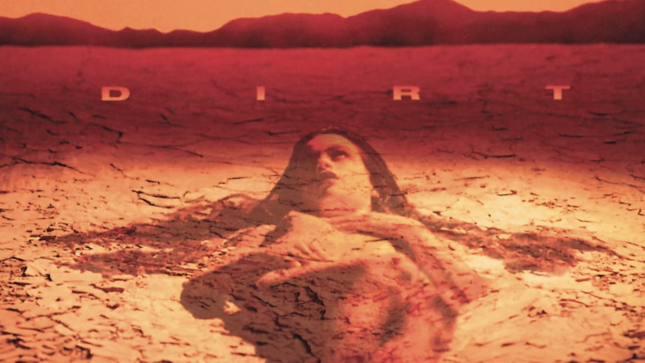
By Tim Coffman
At the start of the ‘90s, rock and roll was in a state of transition. While the hair metal movement was still in full swing, it really started to lose its luster, as bands like Warrant and Winger started to make the teased hairspray brand of rock look incredibly shallow. Rock and roll needed to return to its roots, and the tides started to shift to the rainy city of Seattle. Granted, not every grunge band sounded the same. If you look at the music of the Melvins and Mudhoney, you’re going to find two distinct flavors of rock and roll.
Regardless of the branding though, the association between these bands turned in some of the best music of the ‘90s, bringing authenticity back into rock and roll that was sorely needed in the early ‘90s. With a healthy dose of irony to boost, every one of these albums has a good snapshot at what the ‘90s looked like, from the sludgy to the sinister to the genuinely sincere. Not every one of these bands may have looked like your average rock star, but it was more important to be yourself than to strap on a pair of leather pants.
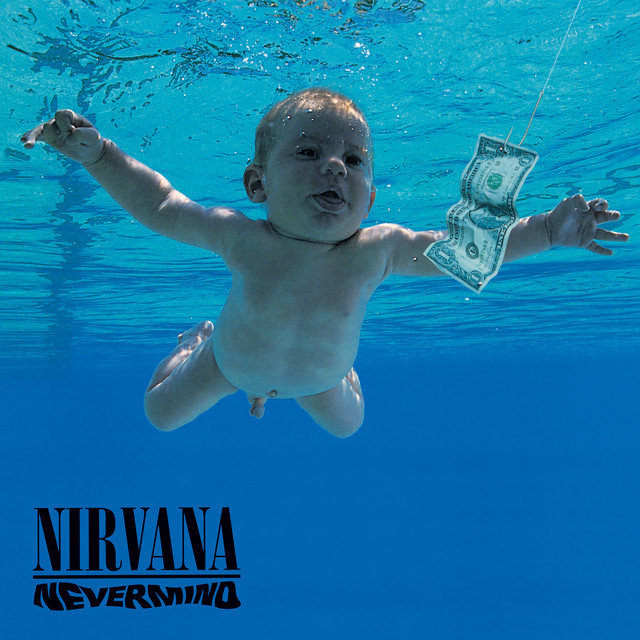
Nevermind - Nirvana
By 1991, the glut of hair bands clogging up the airwaves had begun to run its course. Even if the old guard like Mötley Crüe and Poison were holding their own, their new approach in the ‘90s was beginning to look so phony, with copycat bands coming up by the minute. Something needed to change, and most of us found our answer the minute that “Smells Like Teen Spirit” premiered on MTV. Although Nirvana might not have wanted to be as famous as they became, fans latched onto the authenticity they had in their music, finally getting their teeth into something real instead of being served up MTV schlock.
Outside of the grunge scene though, this is one of the most solid collections of songs of the ‘90s, taking the sounds of traditional alternative rock like the Pixies and putting the melodic sensibilities of The Beatles into the mix. While Kurt Cobain always liked to play down the album’s production, the shimmer that comes off of “Come As You Are” and “In Bloom” is beautiful, with Cobain’s throaty wail getting almost as much room on the album as his signature baritone. Since the record was made to be as simple as possible, Cobain gets opportunities to toy with some morbid subject matter here and there, like the sexual assault reporting on “Polly” and Cobain breaking down the door for anyone who ever felt lost in their own little world on “Something In The Way”. Nevermind may have been a touch over the edge into pop territory for Cobain’s liking, but this was the sign that rock music was going to change in the next decade.
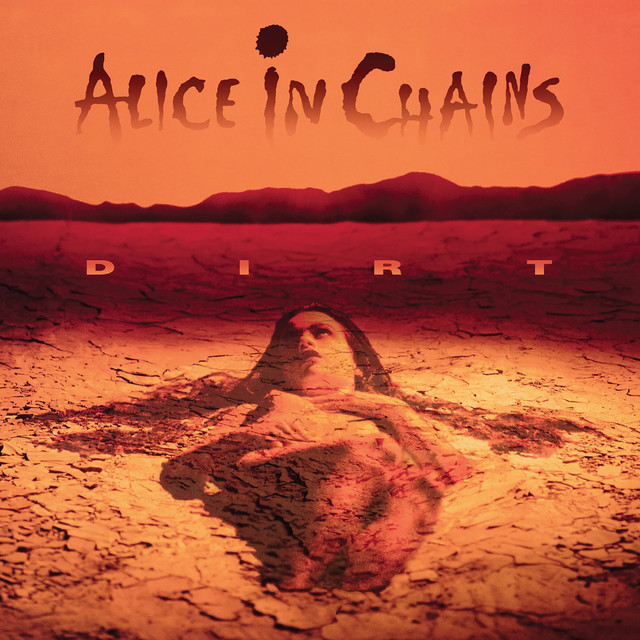
Dirt - Alice In Chains
Out of all the major players in the grunge scene, Alice in Chains was one of the only ones to get the metal seal of approval. As much as some metal acts may have shouted their love for Soundgarden or Nirvana here and there, Alice were the only ones to appear on the Clash of the Titans tour with Megadeth and Slayer and even open for Van Halen for a spell. Underneath all of those chugging riffs and dark harmonies, there was a tortured soul just waiting to be let loose. Although Dirt may not have been seen as a concept album at first, the lyrics take on a new meaning when you realize how much Layne Staley was slipping into heroin addiction.
Across every one of these songs, Staley puts you in the mind of an addict, either talking about how he’s losing touch with reality on “Angry Chair” or knowing that going down this road is going to be the death of him on “Them Bones”. Even though not every song on here is about addiction, the music follows suit, with Jerry Cantrell’s riffs giving you the feeling of walking through mud as you’re listening. Though songs like “Rooster” and “Would?” took over the world, Staley couldn’t be stopped, going further down the spiral before succumbing to his addiction in 2002. Looking back on it now, Dirt has traces of beauty but is almost hauntingly prophetic. Staley may have been trying to leave his demons on the page, but this album stands as a cry for help that’s never going to be answered.
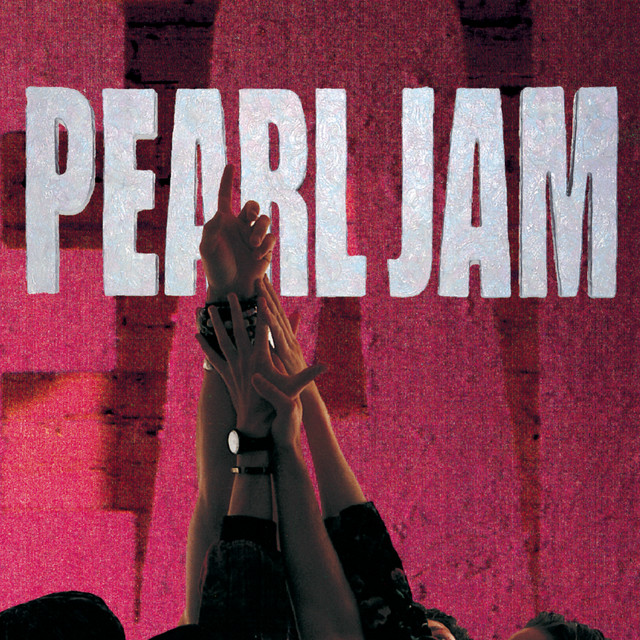
Ten - Pearl Jam
Not every band that came out of Seattle was looking to be rock stars. If you look at someone like Eddie Vedder, he was not to be an all-star frontman, thinking that Pearl Jam’s brand of rock and roll would never work in the age of Guns N’ Roses. Once the tides started to shift to Seattle, Ten was the alternative answer to the ‘70s. For every track on the record, Pearl Jam took the sounds of their record collections and put them to good use, making the next generation’s version of classic rock. While Nirvana may have held onto their punk credentials, Pearl Jam weren’t afraid to wear their heart on their sleeve and play some rock and roll, getting funky on the song “Even Flow” and making the closest thing to a ballad in their canon on “Black”.
Once you get past the riffs, Vedder didn’t shy away from the morbid topics either, writing songs like “Jeremy” about a news story of a kid who committed suicide in front of his classmates or “Alive”, which tells the story of a man who has an existential crisis after his mother tells him that the person he thought was his father was a lie. You’d hardly notice these for the sound of the record, with Mike McCready’s guitar licks and Vedder’s powerful wail making you want to pound your fist in the air every time you hear these songs. While the rest of the Seattle scene was uncomfortable with Pearl Jam playing this kind of corporate rock and roll, it was never less than genuine. Others might try to cash in on a trend, but Vedder was singing what was being kept down in his soul.
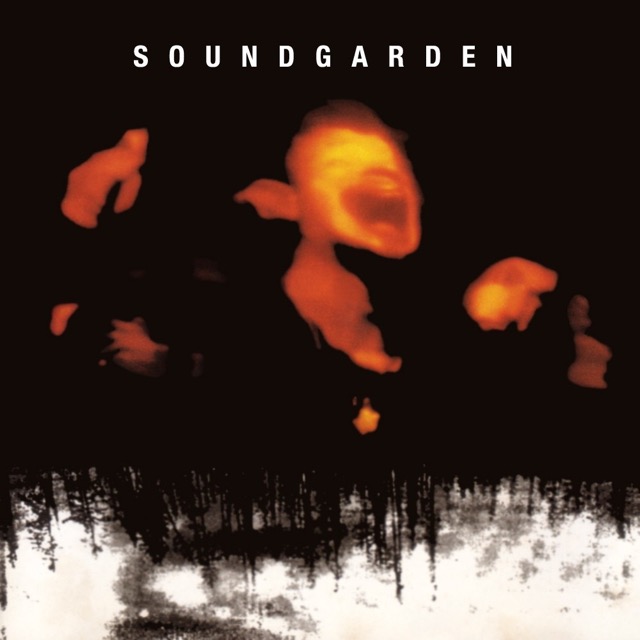
Superunknown - Soundgarden
Soundgarden really took their sweet time becoming superstars. Even though they were in the trenches in the Seattle scene dating all the way back to the mid ‘80s, they were still relatively unknown in the mainstream once Pearl Jam and Nirvana started making their millions. In the background, they spent that time honing their brand of art rock until it was exactly right. Though Superunknown came out a few months shy of Kurt Cobain’s death, all of the hallmarks of classic grunge turn up on here, including some Soundgarden trademarks that no one saw coming. Amid some of the straight ahead rock cuts like “Spoonman” and “Let Me Drown”, there are songs that play around with different tunings and time signatures like on “Superunknown” or “Fell On Black Days”.
While Chris Cornell had been compared to Robert Plant in the past, this record feels the most indebted to classic rock, taking the basis of the grunge scene and channeling it into some of the weirdest songs to come from Seattle, like the alternative take on The Beatles in “Black Hole Sun” or the punk song “Limo Wreck”. Soundgarden was always more indebted to the harder side of rock, and the back half of this record is where their teeth really come out, like Cornell getting good use out of his shriek on “The Day I Tried To Live” or creating a riff that could put Tony Iommi to shame on “4th Of July”. Superunknown might not have been the most celebrated record to come out of the grunge scene, but for any rock historian, this is the sound of Seattle finally making its equivalent to Physical Graffiti.
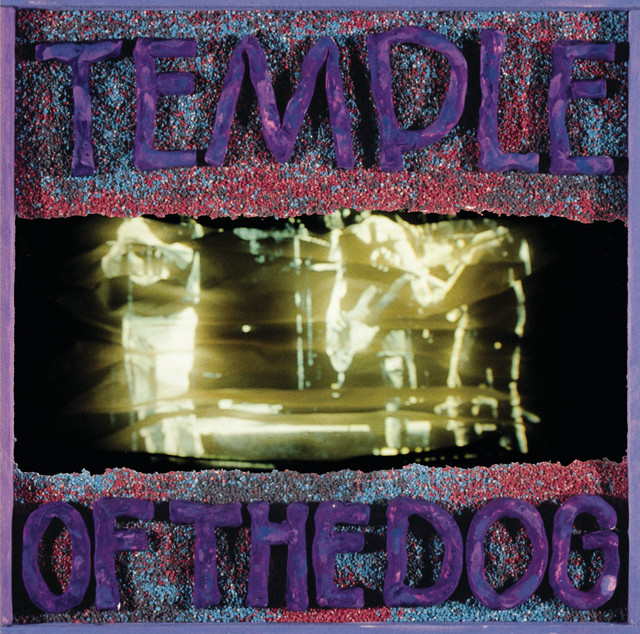
Temple Of The Dog - Temple Of The Dog
Death has always cast a shadow over the entire grunge scene. Before Kurt Cobain was found dead in his home, the innocence of the scene was killed when Andy Wood of Mother Love Bone died of a drug overdose. It hit roommate Chris Cornell especially hard, and the only way for him to properly grieve was through music. Making a bunch of demos as tributes to his fallen friend, Cornell convinced the surviving members of Mother Love Bone to record these songs as a one off album under the name Temple Of The Dog. While Cornell was doing this more as a happy gesture, this record is also responsible for bringing Eddie Vedder into the equation.
After moving on from Wood’s death, Stone Gossard and Jeff Ament had been putting together the skeleton of what would become Pearl Jam and invited Vedder down to the session to duet with Cornell on the song “Hunger Strike”. Considering the band at work behind him, Temple Of The Dog amounts to album 0 for Pearl Jam with Cornell singing on every single track, only strengthened when Cornell showed up occasionally at Pearl Jam shows to duet the song with Vedder again. The mission statement behind this album may have been to remember the ones they’d lost, but hearing Cornell and Vedder and harmonize is like Cornell giving his blessing before Pearl Jam hit it big.
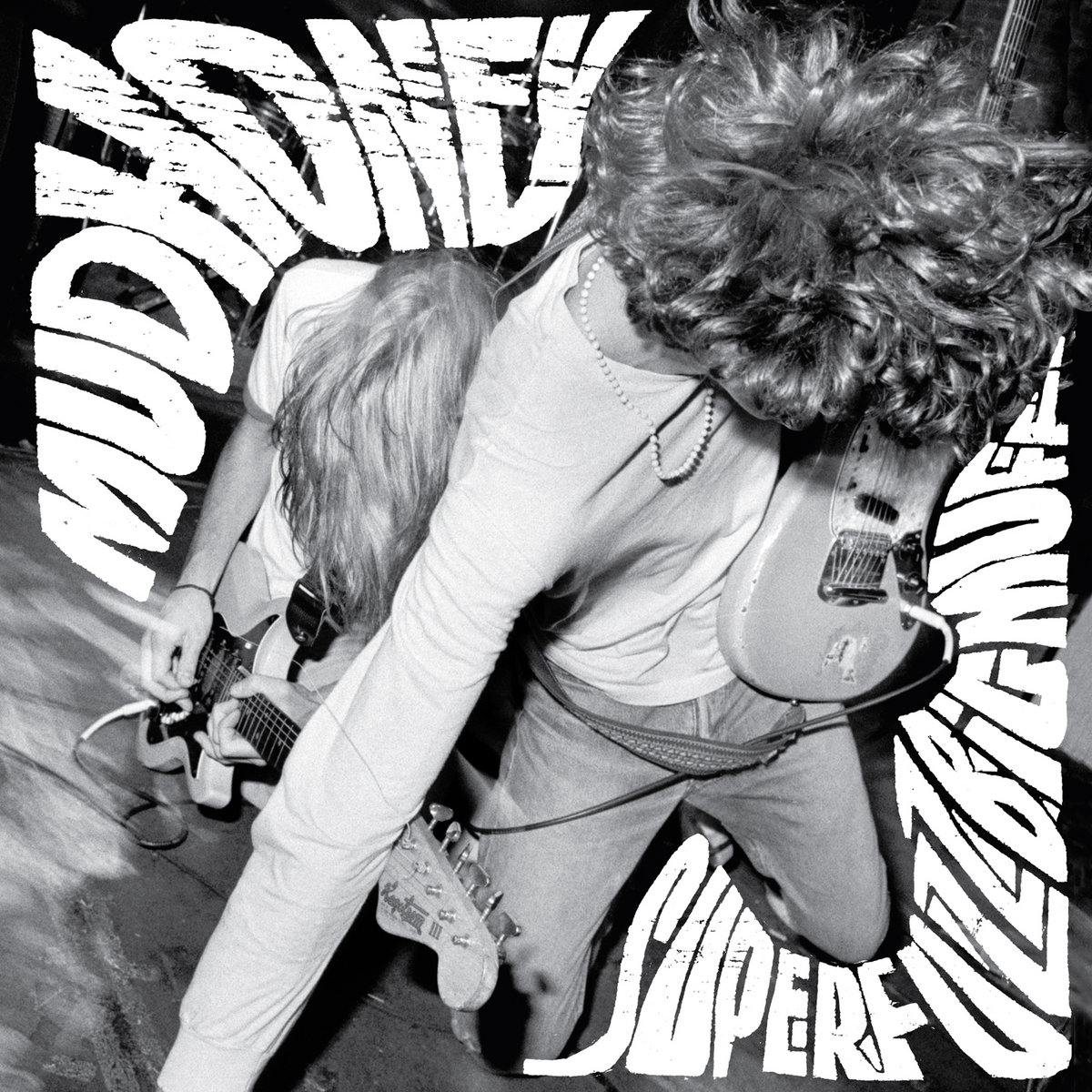
Superfuzz Bigmuff - Mudhoney
Grunge music was never meant to be radio friendly. When the local scene got started back in the mid ‘80s, this was some of the most abrasive rock music you could have heard, being composed of kids who just wanted to make as much noise as possible and poke fun at the phoniness of MTV. There was no room for cleanliness, and Superfuzz Bigmuff may as well have been a trip through a pool of mud. While Mudhoney stuck onto their credentials as a punk band for most of their tenure, this EP packs all the punch that most grunge bands identify with.
Despite having some of the most ramshackle production of the grunge era, Mark Arm’s knack for songwriting makes for some of the most accurate grunge songs, talking about feeling sick and sounding like he’s about to vomit whenever he steps up to the microphone. While the song “Touch Me I’m Sick” is the closest thing they have to a hit on this record, that was never really the point behind Mudhoney’s songs anyway. Compared to Pearl Jam’s gigantic riffs and the art rock tendencies that Soundgarden could get into, this record was about making the most out of the punk rock aesthetic, even if it left you a little wounded afterwards. Nirvana may have followed the Pixies’ lead on their first handful of songs, but Mudhoney was more into the chaos of the Stooges.
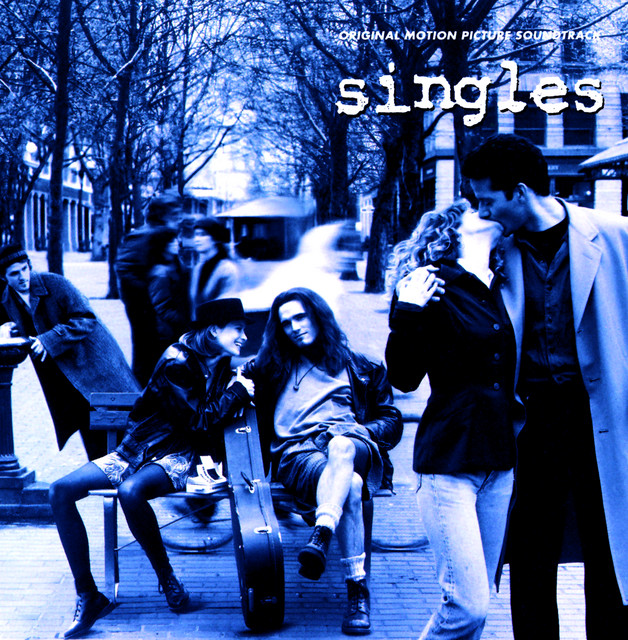
Singles - Original Motion Picture Soundtrack
The fact that a movie soundtrack is on this list should point to everything wrong with the grunge fad. This was supposed to be music for the underground, and here it was getting co-opted by the same guy who worked his magic for Say Anything. This is Cameron Crowe though, and his knack for music gave us a holy grail of alternative rock on Singles. While not every band on here is grunge in the truest sense, the entire album runs as a playlist through the different pieces of Seattle lore, from bringing in original Seattlite Jimi Hendrix for a tune to the Wilson Sisters covering a Zeppelin tune under the pseudonym the Lovemongers.
Since Crowe’s romcom was set in the Seattle underground, some of the biggest names on this album would go on to be superstars, with original material from Alice In Chains, Soundgarden, and Pearl Jam. There are even a few bands that aren’t technically grunge that got in on the action, from the Screaming Trees’ psychedelic sounds coming in on “Nearly Lost You” and Smashing Pumpkins’ closing up shop nicely with their song “Drown”. Even though this was never meant to be a proper album, this is probably the closest you can get to the grunge mindset circa 1992. If only Nirvana had contributed a song to this record, there’s a good chance it would be the best grunge album of all time.
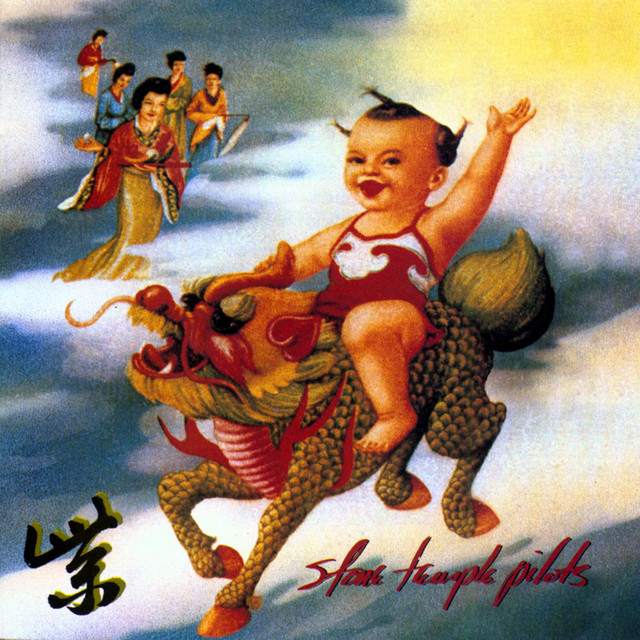
Purple - Stone Temple Pilots
In the golden age of grunge, Stone Temple Pilots started to get a bad reputation. Since they hailed from San Diego and Scott Weiland sounded a little too close to Eddie Vedder in some spots, the Seattle audience thought these guys were wannabes that just wanted to ride the coattails of the fad. After STP lit up the charts with songs like “Plush” though, they committed the ultimate sin: actually releasing a pretty great album. While the rest of the Seattle scene were making violent reactions to fame by the early ‘90s, Purple is Stone Temple Pilots getting comfortable in their own skin, making songs that blend the lonesome sounds of alternative rock with California sunshine.
The old habits might die hard on singles like “Vasoline”, but the cornerstones of this record is where the band pull from classic rock tropes, from the weird time signatures going on at the end of “Pretty Penny” to making the grunge equivalent of an Eagles tune on “Interstate Love Song”. Outside of the classic rock pastiches, these guys seemed to embrace their reputation as rock stars, making songs like “Big Empty” that was meant to be played loud out of car radio speakers and chanted along by legions of fans in the arena. Since the alternative movement was going more mainstream by the day, the most alternative thing you could have done at that point was actually make an effort to be a rock star.
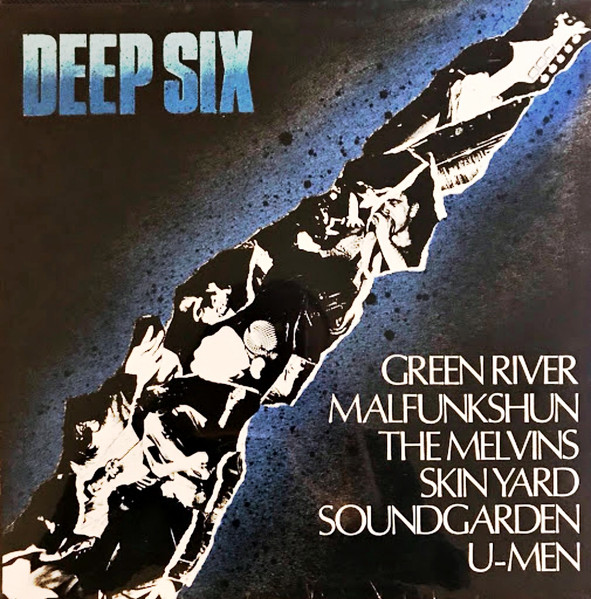
Deep Six - Compilation
Most of the greatest music to come out of Seattle normally had to come from the very beginning of the ‘90s. Considering how much schlock was being put on MTV one day after another, fans were looking for something a little heavier than what the likes of Warrant could offer us. For the Seattle crowd though, the story actually begins in the ‘80s. Before Eddie Vedder had moved up to Seattle or Kurt Cobain found his muse, Deep Six was the first look at what Seattle based rock sounded like, bringing together some of the greatest local talent onto one record. While this is years before the likes of Sub Pop started gaining traction, this is probably closest to what the word ‘grunge’ signifies.
Though groups like The Melvins and Soundgarden turn up on here, the sludgy style of production encapsulates that dirty aesthetic, almost like you’re listening to it underwater. There are even a few previews of what would become legendary acts later, such as the first steps of Malfunkshun featuring Mother Love Bone vocalist Andy Wood and Chris Cornell getting comfortable in his Robert Plant wails on Soundgarden’s offerings. No one was getting their hopes up for a revolution here, but something was definitely happening in the local Seattle scene.
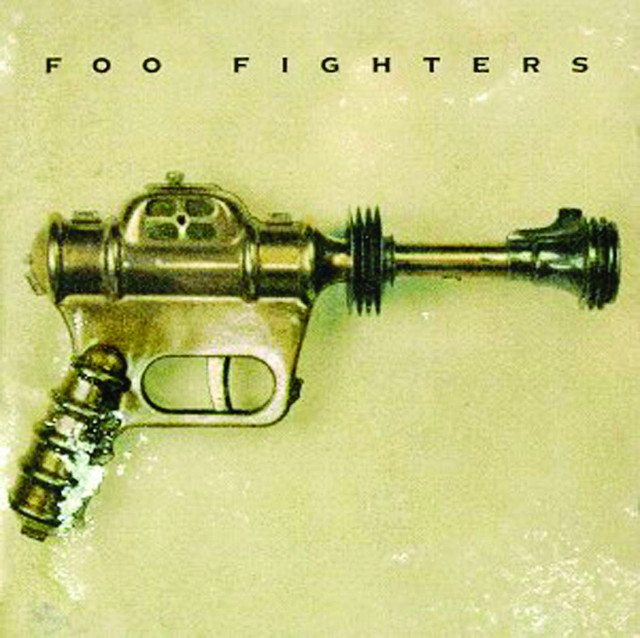
Foo Fighters - Foo Fighters
For grunge purists, the whole scene concaved in on itself once Kurt Cobain passed away. Although bands may have still been putting out great material, the voice of a generation was lost and most of us were ready to move on to something different. While the likes of Green Day and Weezer sent rock in a different direction, Dave Grohl gave us one last send off for grunge on the Foo Fighters’ debut. Though the Foos are not a grunge band in the truest sense, Grohl had some of those Seattle tropes on their debut, making it completely by himself after the death of Cobain. Looking to record a bunch of his favorite songs, most of this record sounds like a decent playlist of good rock songs, albeit with a grunge themed tone to them.
Aside from the more radio friendly songs like “Big Me”, tracks like “X Static” and “Good Grief” have a vibe that feels left over from In Utero, almost like Dave is using that sound to get him through the passing of his friend. Once he knew what he had on his hands here, Grohl took things in a different direction, following the lead of “I’ll Stick Around” and “This Is a Call” by making huge songs that could fill arenas. Post grunge may have been getting ready to start, but The Foos’ debut was the only post grunge outfit to get the Seattle seal of approval.